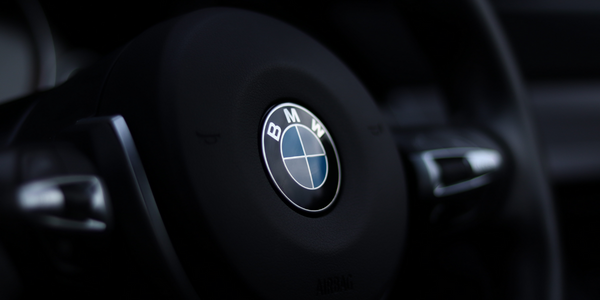Customer Company Size
Large Corporate
Country
- United States
Product
- COMSOL Multiphysics®
- LiveLink™ for MATLAB®
- MATLAB®
Tech Stack
- Mathematical Modeling
- Numerical Simulation
- 3D Scanning
Implementation Scale
- Enterprise-wide Deployment
Impact Metrics
- Customer Satisfaction
- Productivity Improvements
- Cost Savings
Technology Category
- Analytics & Modeling - Digital Twin / Simulation
- Analytics & Modeling - Predictive Analytics
- Application Infrastructure & Middleware - Data Visualization
Applicable Industries
- Automotive
Applicable Functions
- Product Research & Development
Use Cases
- Digital Twin
- Predictive Quality Analytics
- Virtual Prototyping & Product Testing
Services
- Software Design & Engineering Services
- System Integration
About The Customer
HARMAN is a leading company in the automotive audio and infotainment industry, equipping over 80% of the world's luxury cars with premium audio systems. The company specializes in connected car setups, offering a range of electronic entertainment possibilities, from smartphone connectivity to interactive displays and video screens. HARMAN's team of acoustic and simulation specialists work meticulously to ensure that each vehicle model receives a unique audio configuration that accounts for various components and car acoustics. The company is committed to improving the quality and speed of its product development process, enhancing customer satisfaction, and reducing costs.
The Challenge
HARMAN, a market leader in connected car setups, faces the challenge of designing unique audio configurations for each vehicle model. The process involves accounting for various components and car acoustics, such as speaker placement, orientation, and packaging. Traditional methods of physical testing and in situ listening are time-consuming and costly. The need for a quicker, more efficient development process that can keep up with the rapid pace of vehicle design is paramount. Engineers at HARMAN sought a solution that would allow them to virtually 'tune' their audio systems before creating live prototypes, thereby saving time and resources.
The Solution
To address the challenge, HARMAN's engineers turned to mathematical modeling and numerical simulation using COMSOL Multiphysics® software. This integrated environment allowed them to perform mechanical, acoustic, and electrical simulations, freeing up time and effort previously spent on creating and updating their own tools. In one case, they measured and simulated the sound pressure levels generated by a loudspeaker in a Mercedes-Benz ML car to validate their numerical models. The team established a library of validated models and known solutions, enabling performance predictions for various loudspeaker configurations. They also used LiveLink™ for MATLAB® to create a bidirectional link between MATLAB® and COMSOL®, facilitating the conversion of 3D scan data into surface meshes for studying acoustic pressure waves. This approach allowed HARMAN to optimize speaker acoustics and validate their models through a series of tests, ultimately deducing the best loudspeaker setup for a given car.
Operational Impact
Quantitative Benefit

Case Study missing?
Start adding your own!
Register with your work email and create a new case study profile for your business.
Related Case Studies.

Case Study
Integral Plant Maintenance
Mercedes-Benz and his partner GAZ chose Siemens to be its maintenance partner at a new engine plant in Yaroslavl, Russia. The new plant offers a capacity to manufacture diesel engines for the Russian market, for locally produced Sprinter Classic. In addition to engines for the local market, the Yaroslavl plant will also produce spare parts. Mercedes-Benz Russia and his partner needed a service partner in order to ensure the operation of these lines in a maintenance partnership arrangement. The challenges included coordinating the entire maintenance management operation, in particular inspections, corrective and predictive maintenance activities, and the optimizing spare parts management. Siemens developed a customized maintenance solution that includes all electronic and mechanical maintenance activities (Integral Plant Maintenance).

Case Study
Monitoring of Pressure Pumps in Automotive Industry
A large German/American producer of auto parts uses high-pressure pumps to deburr machined parts as a part of its production and quality check process. They decided to monitor these pumps to make sure they work properly and that they can see any indications leading to a potential failure before it affects their process.











